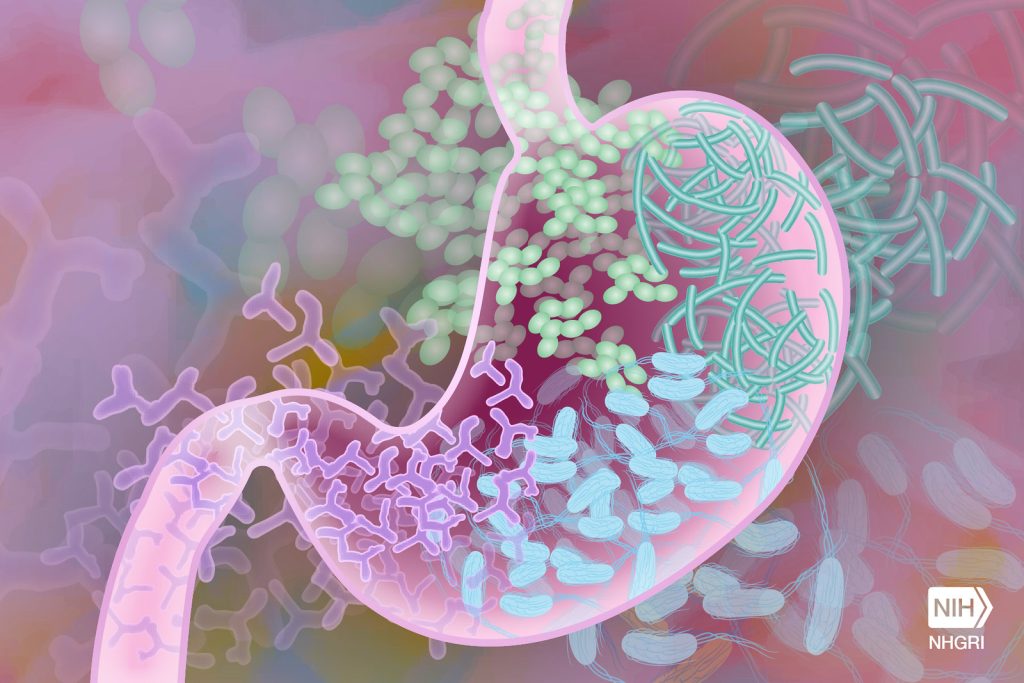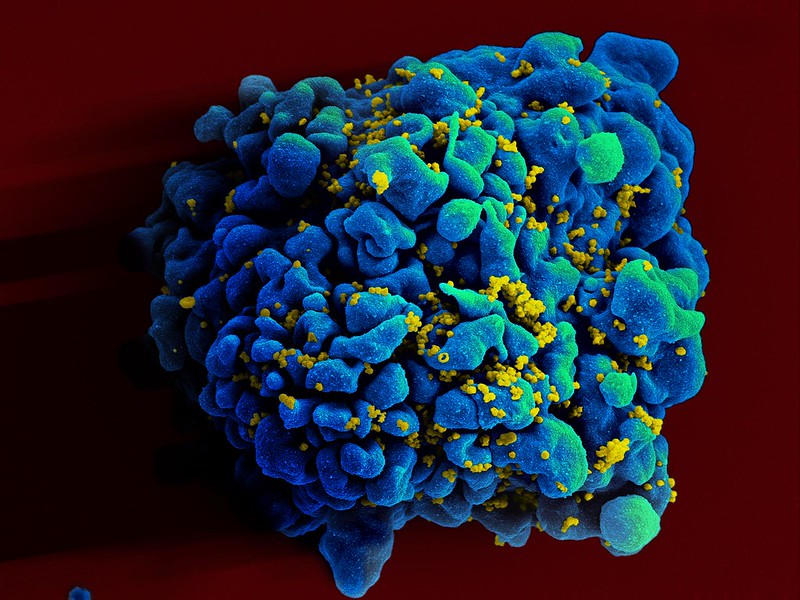Body Fat Linked to Risk of Reduced Cognitive Function

A new study published in JAMA Network Open has found that greater body fat is a risk factor for reduced cognitive function, such as processing speed, in adults.
Even when accounting for cardiovascular risk factors or vascular brain injury, the association between body fat and lower cognitive scores persisted. This suggests other, currently unknown, mechanisms linking excess body fat to reduced cognitive function.
For the study, 9166 participants were measured by bioelectrical impedance analysis to assess their total body fat. In addition, 6733 underwent magnetic resonance imaging (MRI) to measure abdominal fat packed around the organs known as visceral fat, and the MRI measured vascular brain injury, including silent brain infarctions and high white matter hyperintensities. Cardiovascular risk factors were measured using health and lifestyle questions and physical measures, and cognitive assessment was measured by the Digital Symbol Substitution Test and the Montreal Cognitive Assessment.
Lead author Sonia Anand, lead author, professor of medicine of McMaster University said: “Our results suggest that strategies to prevent or reduce having too much body fat may preserve cognitive function.”
She added that “the effect of increased body fat persisted even after adjusting for its effect on increasing cardiovascular risk factors like diabetes and high blood pressure, as well as vascular brain injury, which should prompt researchers to investigate which other pathways may link excess fat to reduced cognitive function.”
Co-author Eric Smith, associate professor of clinical neurosciences at the University of Calgary, said that “preserving cognitive function is one of the best ways to prevent dementia in old age. This study suggests that one of the ways that good nutrition and physical activity prevent dementia may be by maintaining a healthy weight and body fat percentage.”
Participants had no existing cardiovascular diseases, and ranged in age from 30 to 75, with an average age of about 58 and 56% were women. Most were White European origin, with about 16% other ethnic backgrounds.
Source: McMaster University





